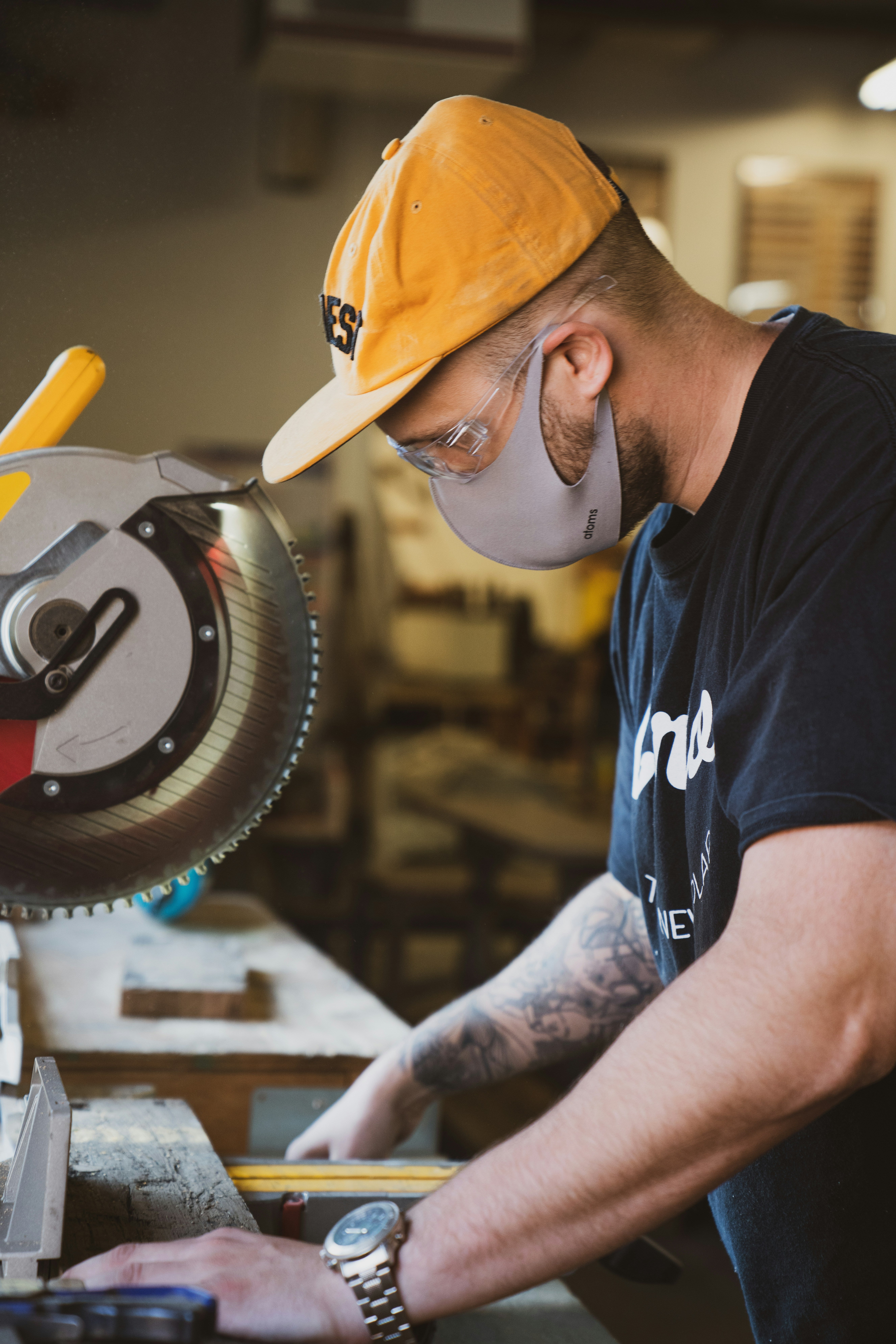Do you have a generator?
For your safety and for the safety of our crews, click here to let us know!
When properly installed and operated, generators offer a safe, convenient means of powering equipment when electricity is unavailable. However, when they are improperly installed, generators can be dangerous to you, your neighbors, and the cooperative's line personnel.
An improperly installed generator can create a "back feed." Back feeding is very dangerous. Electricity from your generator flows back through your electrical panel and meter into the cooperative's electrical system. Back feeding can occur when a generator is connected to your home wiring system without disconnecting from the cooperative's power. The most common way this could occur is if you directly connect a generator to your electrical panel or to a circuit in your home. If you feed power back into the utility system during an outage, you will energize the transformer serving your home. This poses an electrocution hazard for the cooperative's line crews and for your neighbors, who may not realize the lines are energized. If the cooperative's power is restored while your generator is back feeding, your generator may be severely damaged. How can you use your generator and still prevent back feeding? The simple answer is to always keep generated power and the cooperative's power isolated from each other.
Permanent Generators
These generators should be isolated from the cooperative's electrical system with a transfer switch installed between the generator and the electrical panel. The transfer switch allows power to be fed from only one source at a time.
Portable Generators
These generators are usually connected directly to an appliance or piece of equipment through an extension cord. As long as the equipment is not hard-wired to the building's electrical panel, there is no path back to the panel.
Transfer switches are available to safely connect portable generators to electrical systems. Transfer switches work by opening the connection to the utility before the generator connection. They become part of your building's wiring system. To view a diagram of a transfer switch click here.
The National Electrical Code requires transfer switches for permanently installed generators. A transfer switch should be installed by a licensed electrician and requires an electrical permit. Contact your local Building Department for details. Anyone who fails to install a proper safety device will be subject for immediate disconnection by the cooperative.
Safety Rules to Follow When Operating a Generator
- Always read and follow the guidelines in your operator's manual.
- Know how to shut off the generator quickly in case of emergency.
- Never modify a generator in any way.
- Never refuel a generator while it is running or hot.
- Periodically run the generator to ensure it will start and run properly.
- Use adequately sized extension cords when using a portable generator.
- Operate the portable generator in the open, never in a building or enclosed space.
- Make sure the portable generator is sitting on a firm, level surface.
- Operate the portable generator in a dry location.


